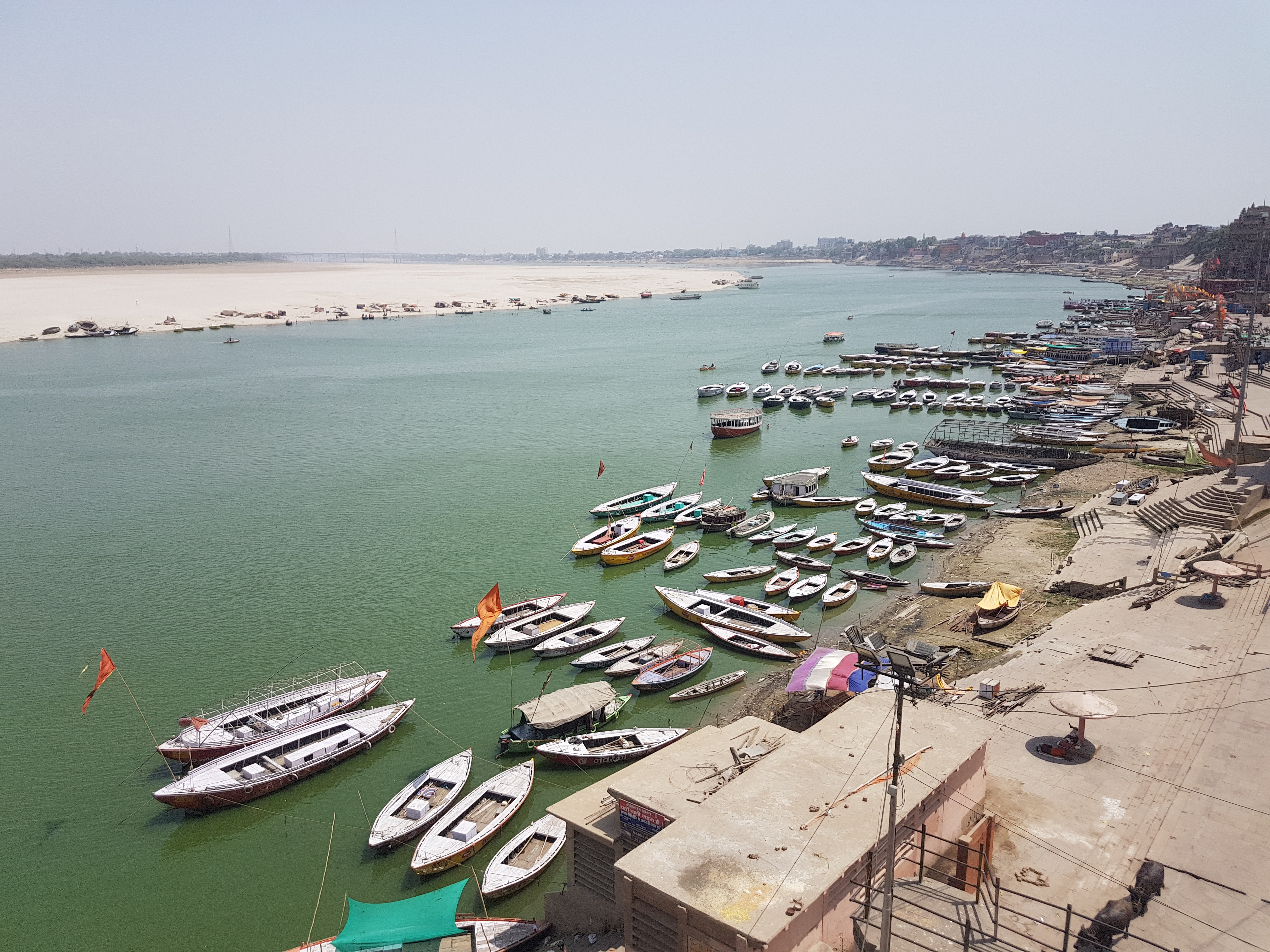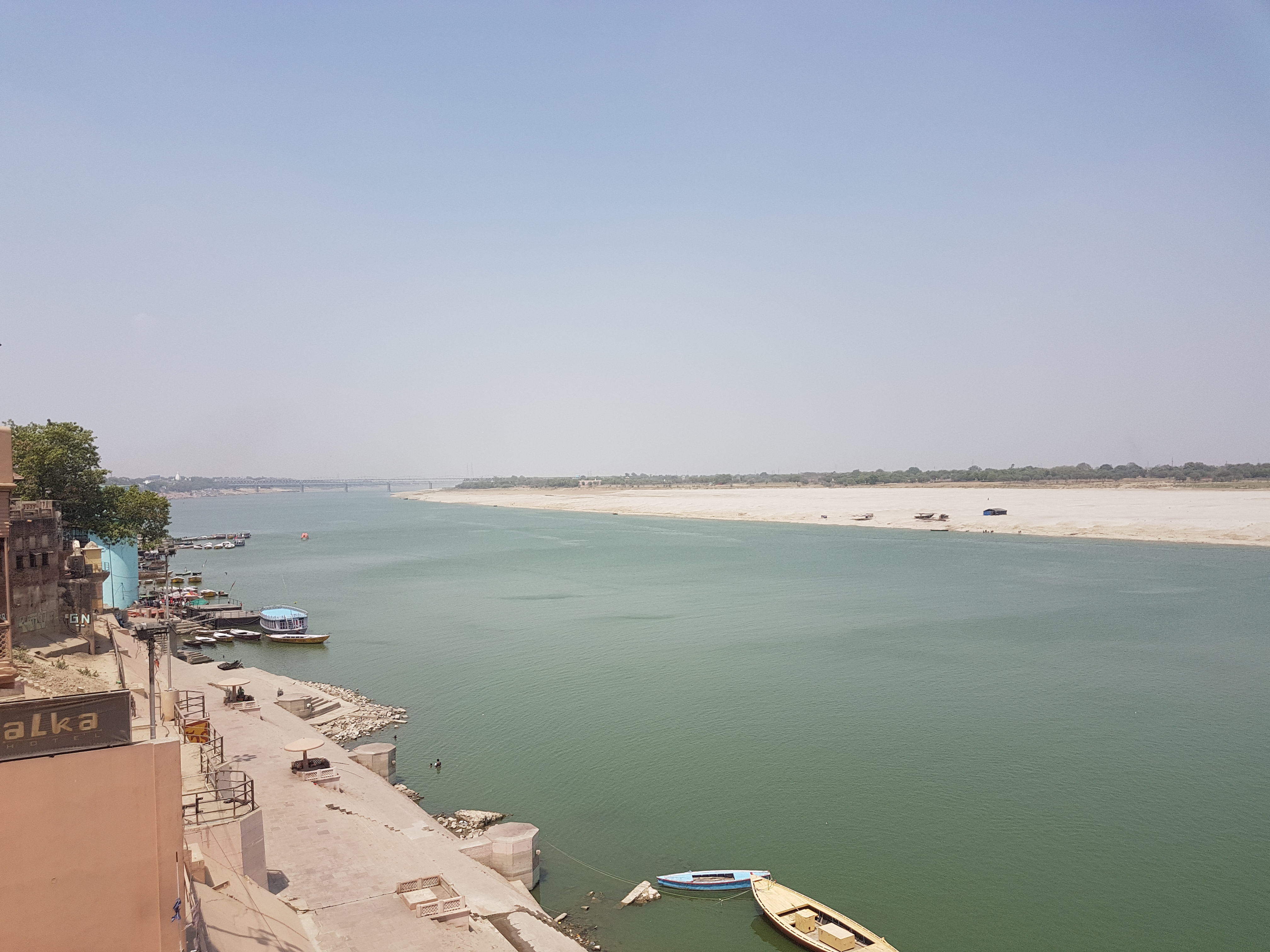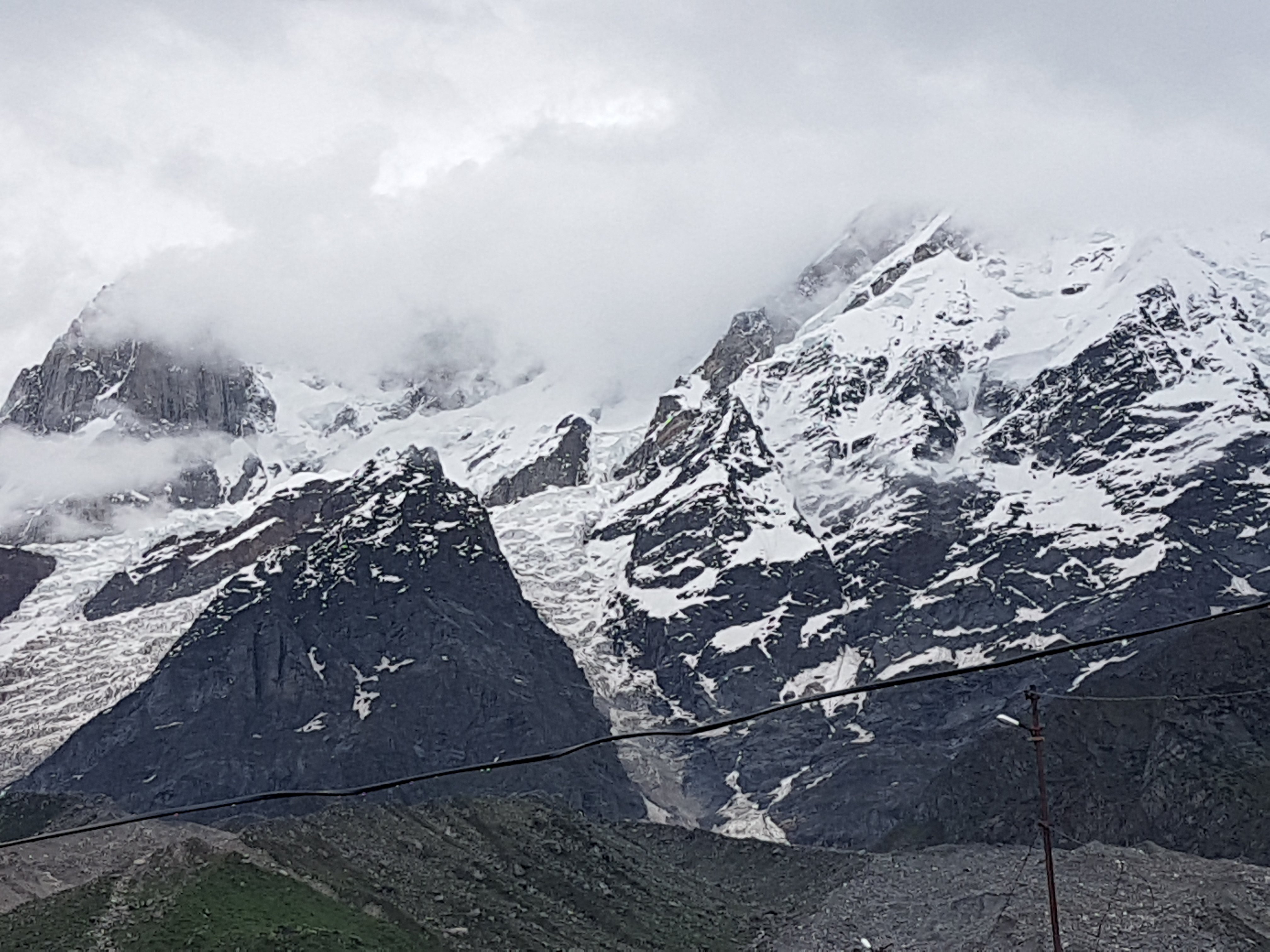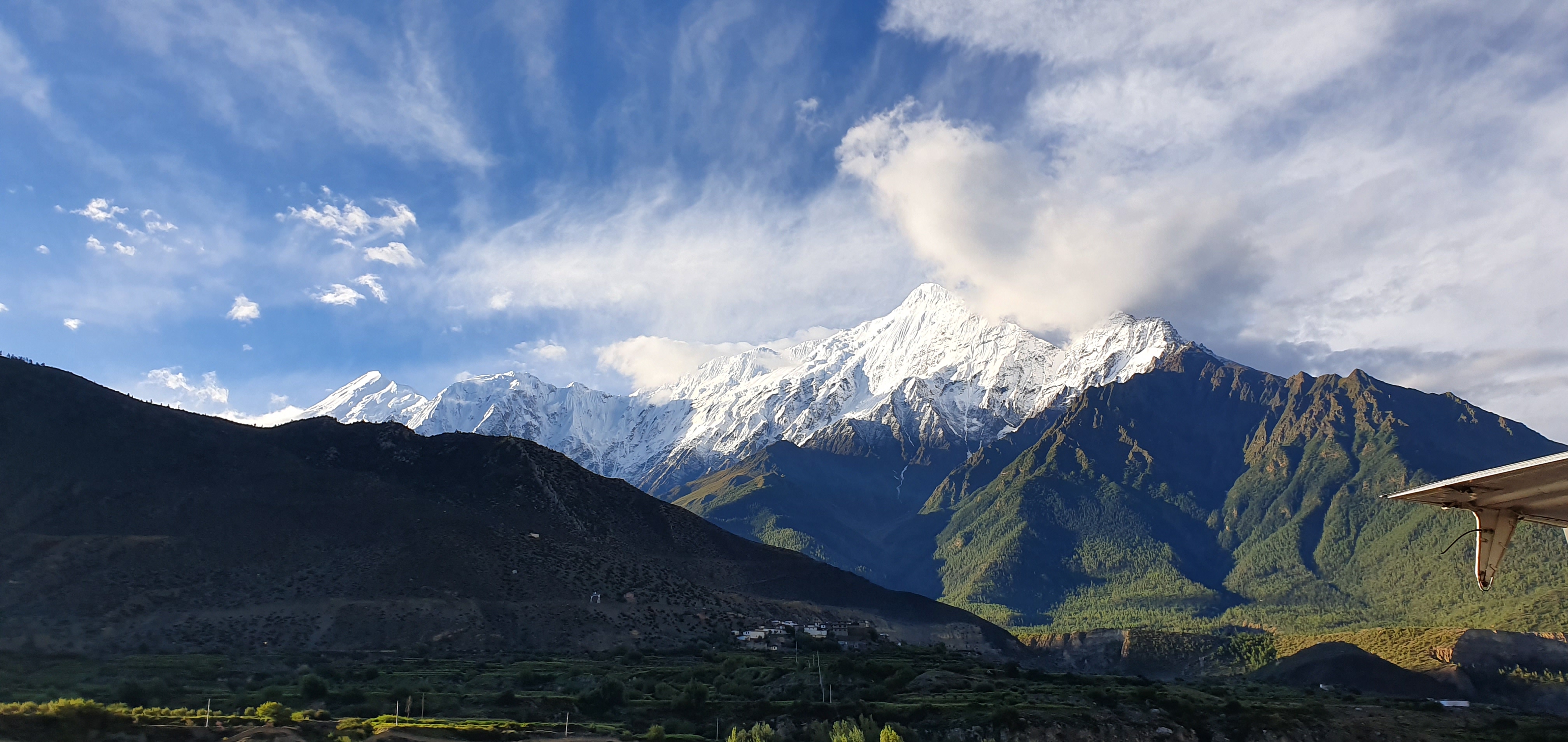Āraṇyakas
Āraṇyakas
The Vedic literature comprises of Saṁhitā, Brāhmaṇa, Āraṇyaka and Upaniṣads. The Saṁhitā portions of the Vedas mostly consists in Mantras recited in various sacrifices; Brāhmaṇas contain explanation of the Mantras and practical directions for the conduct of sacrifices; Āraṇyakas are a further development of Vedic literature; finally, Upaniṣads explain spiritual and philosophical concepts.
Among the four parts of Vedic literature, Āraṇyakas come at the end of the Brāhmaṇas. Even though, they have their own specificity. They contain instructions for performing meditation; these are considered teachings of high value, to be communicated to students by a teacher in the solitude of the forests. They are also meant for the use of men of virtue who have retired to the forest after completing all the worldly activities and who no longer perform daily rituals. In Sanskrit, Aranya means forest and Āraṇyaka means that which is connected to and the works that are to berecited or read in Aranya i.e.in the forest.
Ātmavidyā, Prāṇavidyāand Dhyāna or Upāsanā (philosophy, awareness of breath, meditation and worship) are the key contents of most of the Āraṇyaka texts. Though there were many Āraṇyakas for each Vedas, today only seven among them are available. They are: Aitareya Āraṇyaka and Sāṅkhyāyana or Kauṣītaki Āraṇyaka of Rigveda, Bṛhadāraṇyaka of Śukla Yajurveda, Taittirīya Āraṇyaka and Maitrāyaṇī or Maitrāyaṇīya Āraṇyaka of Kṛṣṇa Yajurveda, finally Jaiminīya or Tālāvacara Āraṇyaka and Chāndogya Āraṇyaka of Sāmaveda. Atharvaveda is believed to be a Veda without any Āraṇyaka; it probably had Āraṇyakas too in ancient times, but they are now lost.It is noteworthy that some scholars consider Gopatha Brāhmaṇa of Pippalāda Śākhā of Atharvaveda as the Āraṇyaka of Atharvaveda.
Āraṇyakas of Rigveda
As mentioned earlier, there are two Āraṇyakas for Rigveda: Aitareya Āraṇyaka and Sāṅkhyāyana Āraṇyaka, also known as Kousitiki Āraṇyaka.
Aitareya Āraṇyaka
In this Āraṇyaka, the chapters or sections are also known as Āraṇyakas. There are five Āraṇyakas (sections) in the Aitareya Āraṇyaka. Each of the Āraṇyaka (sections) are again divided into Adhyāya (sub-section). Among the Āraṇyakas, the Aitareya is the one that describes the spiritual or religious beliefs in a whole.
The first Āraṇyaka (section) has five Adhyāyas comprising four, four, eight, three, three Khaṇḍās respectively. The second one has seven Adhyāyas, with eight, four, eight, three, and one consequent Khaṇḍās respectively. The third one has two Adhyāyas having six Khaṇḍās each. This portion is also known as Saṃhitopaniṣad. The fourth Āraṇyaka (section) has only one Adhyāya, having only one Khaṇḍā The fifth Āraṇyaka (section) is divided into three Adhyāyas containing six, five and four Khaṇḍās respectively.
The content of this Āraṇyakais as follows: description about Mahāvrata(spiritual formal comitment), Gavāmayana, the duties of the priest named Hota, importance of the Upaniṣads, various explanations about Saṁhitās and the way of chanting them i.e. Prakṛti Pāṭha – Saṁhitā Pāṭha Vikṛti Pāṭhas – Jaṭā, Mālā, Śikhā, Rekhā, Dhvaja, Daṇḍa, Krama, Ratha and Ghana or Pada Pāṭhas, Mahanamni Mantras, different kind of occult Śāstras; the last portion of this Āraṇyaka forms the Aitareya Upaniṣad. This Āraṇyaka is ascribed to three Ṛṣis namely Mahidasa Aitareya, Aśvalāyana and Śaunaka.
Sāṅkhyāyana/KauṣītakiĀraṇyaka
Sāṅkhyāyana Āraṇyaka is an Āraṇyaka that belongs to the Kauṣītaki and Sāṅkhyāyana Śākhā of Rigveda. Thus, it bears both names, Sāṅkhyāyana Āraṇyaka and Kauṣītaki Āraṇyaka. This Āraṇyaka explains the spiritual concepts connected to rituals.
In this Āraṇyaka, there are fifteen chapters or Adhyāyas. The first and second chapters are dedicated to Mahāvrata. The second and third Adhyāyas explain about the path after death and the nature of the ultimate Brahman respectively. The fourth and fifth chapters describe the unity of the Self and give various definitions of Brahman.The chapters three to sixare also considered as the Kauṣītaki Upaniṣad, and the chapters six and seven as Saṁhitā Upaniṣad. From the eighth to the twelfth Adhyāya, the Āraṇyaka explains the strife of the senses, the Agnihotra ritual, the significance and presages of death and the importance of the Bilva amulet respectively. The thirteenth and fourteenth chapters describe the offerings to Brahman. The last and fifteenth Adhyāya tells about the Vaṃśā (genealogical description). This Āraṇyakais close to Aitareya Āraṇyaka in relation to its content, but also in the way of dividing chapters and the manner of discussing topics.The importance of the Mahāvākyas (great spiritual affirmations)like ‘Ahaṁ Brahmāsmi’and ‘Tatvamasi’ etc. are also explained in this Āraṇyaka.
Āraṇyakas of Yajurveda
As we all know, Yajurveda is divided into Śukla Yajurveda and Kṛṣṇa Yajurveda. Both these have their own Brāhmaṇas, Āraṇyakas and Upaniṣads. Bṛhadāraṇyaka is the Āraṇyaka of Śukla Yajurveda and Taittirīya Āraṇyaka and Maitrāyaṇī or Maitrāyaṇīya Āraṇyaka are the ones of Kṛṣṇa Yajurveda.
Bṛhadāraṇyaka
As the name mentions, Bṛhadāraṇyaka is the one of the largest and greatest Āraṇyaka among the Āraṇyakas because of its content and lengthiness. This Āraṇyaka is of Kanva and Madhyandina Śākhās of Rigveda. Rigveda’s Śatapatha Brāhmaṇa’s final six chapters are collectively known as Bṛhadāraṇyaka or Bṛhad Āraṇyaka. This is regarded as one of the oldest Āraṇyaka.
This Āraṇyaka is quite different to other Āraṇyakas in the way it includes explanation about Yāgas (fire rituals). The ritual named Pravargyaḥ (one of the most important parts of major Yāgas like Sōmayāga, Atirātra and so on) is explained on a detailed manner. This Āraṇyaka also gives explanations about the subtle levels of reality of the universein relation tophilosophical thinking.These are conveyed in a symbolic style, a specialty of this Āraṇyaka. At the end of the Āraṇyaka, the Upaniṣad with the same namestarts.Although its name includes the word Āraṇyaka, the Bṛhadāraṇyaka Upaniṣad belongs to the Upaniṣads and is one of the most famous among them.
TaittirīyaĀraṇyaka
Taittirīya Āraṇyakais the Āraṇyaka of Kṛṣṇa Yajurveda and itespecially deals with several kinds of Rik Mantras to be recited in many Yāgas and Yajñas. This Āraṇyaka is divided into ten chapters, named Praśnaḥs. The last Praśnaḥs of the Taittirīya Āraṇyaka form the Taittirīya Upaniṣad or Mahānārāyaṇa or Yajniki Upaniṣad. So the Āraṇyaka strictly speaking has six Praśnaḥs.
The first and second Praśnaḥ are togetherknown as Āruṇa Praśnaḥ i.e. the Praśnaḥ related to Aruna or Sun; they contain thirty two Anuvākas and twenty Anuvākas (sub chapters) respectively. Here appear some important Mantras like Mantra Puspa, Pūruṣa worship, Pañcamahayajñas, ways of wearing Yajñopavita (sacred thread), significance of Svādhyāya (self-study) etc. The following Praśnaḥs also have several Anuvākas explaining the use of some important Mantras like Pūruṣasukta in Yajñas, the way of performing Pitṛmedha (ancestor worship) starting with the funeral rituals. This part mentions the journey of a departed soul from a physical body to the subtle planes. The rituals to be performed during these days etc. are described at length. They also give explanations about Pravargyaḥ ritual, the sacred pots viz., Gharma, Mahāvīra and Samrat used in Yāgas, a summary of Agnīṣṭoma sacrifice, etc.
The first and second Praśnaḥ are togetherknown as Āruṇa Praśnaḥ i.e. the Praśnaḥ related to Aruna or Sun; they contain thirty two Anuvākas and twenty Anuvākas (sub chapters) respectively. Here appear some important Mantras like Mantra Puspa, Pūruṣa worship, Pañcamahayajñas, ways of wearing Yajñopavita (sacred thread), significance of Svādhyāya (self-study) etc. The following Praśnaḥs also have several Anuvākas explaining the use of some important Mantras like Pūruṣasukta in Yajñas, the way of performing Pitṛmedha (ancestor worship) starting with the funeral rituals. This part mentions the journey of a departed soul from a physical body to the subtle planes. The rituals to be performed during these days etc. are described at length. They also give explanations about Pravargyaḥ ritual, the sacred pots viz., Gharma, Mahāvīra and Samrat used in Yāgas, a summary of Agnīṣṭoma sacrifice, etc.
Many subjects such as a description of the six seasons, Viśvedevā, worship of Pṛthivī, Swarga, Agnī,Sōma purification, offerings to be made to Vedic deities like Indrā, Rudra, Subrahmaṇya, Agnī, Aṣṭa Āditya, Pūruṣas, Eight Sūryas, construction of Hōmakuṇḍa, Kūṣmāṇḍa Hōma, Dīkṣāvidhi, Prāyaścitta Vidhi, Śānti Mantras etc. are also included.
Maitrāyaṇī /MaitrāyaṇīyaĀraṇyaka
Maitrāyaṇī or Maitrāyaṇīya Āraṇyaka is also one of the Āraṇyaka of Kṛṣṇa Yajurveda’s Maitrāyaṇī recenssion or Śākhā. The chapters of this Āraṇyaka are termed as Prapāṭhakas and there are seven Prapāṭhakas in it. Maitrāyaṇī Āraṇyaka also include Maitrāyaṇī Upaniṣad. Many scholars opine that Maitrāyaṇī Āraṇyaka and Maitrāyaṇī Upaniṣad are one and the same.
The first Prapāṭhaka after the Śānti Mantra consists of the introductory portions, the following Prapāṭhakas follow a question & answer style between teacher and student, just as the Taittirīya Upaniṣad.
Maitrāyaṇī Āraṇyaka & Maitrāyaṇī Upaniṣad include the following topics: discussion about Ātma, nature of Ātma, concept of Ātma; how is ‘Ānanda’ (utmost joy) relished or obtained; how an individual can attain Mokṣā (liberation); how to meditate on the Self (Ātma); description about the ultimate Cosmic truth or reality; sufferings suffered by human beings its causes; ways to realize the Self (Brahman or Ātma); union with the self; the three types of Guṇas (Sattva, Rajas and Támas) as per Sāṅkhya theory of philosophy; details of the self; the symbol ‘Oṁ’ and its significance; types of Jñāna (knowledge); figurative theory of food of time;Yoga doctrines; doctrine of Sāṅkhya and Vaiṣṇava; non-Vedic doctrines etc. All these topics are discussed and an elaborate way.
Āraṇyakas of Sāmaveda
The Sāmaveda has two Āraṇyakas: Jaiminīya Āraṇyaka also known as Tālāvacara Āraṇyaka and Chāndogya Āraṇyaka. Jaiminīya Āraṇyaka/ Tālāvacara Āraṇyaka belong to the Jaiminīya or Talavakra Śākhā of Sāmaveda. This Āraṇyaka is also sometimes called Jaiminīya Upaniṣad Brāhmaṇa, as it contains topics which usually belong to Brāhmaṇas and Upaniṣads. The other one is Chāndogya Āraṇyaka that belongs to the Rāṇāyaṇīyā Śākhā of Sāmaveda.
Jaiminīya/TālāvacaraĀraṇyaka
As told earlier, this Āraṇyaka is found in Jaiminīya Śākhā of Sāmaveda, also known as Tālāvacara Śākhā. This text is attributed to a Ṛṣi named Tālāvacara, a student of Jaimini Ṛṣi, as per the starting Mantra of this Āraṇyaka itself. This explains the name Jaiminīya Tālāvacara Upaniṣad Brāhmaṇa or simply Jaiminīya Upaniṣad Brāhmaṇa. There are four main Adhyāyas or chapters in this Āraṇyaka and they are again sub-divided into Anuvākas and Khaṇḍās. Like Taittirīya Āraṇyaka, it is considered one of the earliest one among the Āraṇyakas. There we can find some ancient use of vocabularies, use of grammatical structures, even the use of language in a different way, and all these confirm the ancientness of this Āraṇyaka. The last part of the Jaiminīya Brāhmaṇa is the Jaiminīya Āraṇyaka. The Tālāvacara Upaniṣad starts with the tenth Anuvāka of the last chapter of this Āraṇyaka.
The most noteworthy contents of this Āraṇyaka are: the importance of ‘Oṁ’ and Gāyatrī Mantra, ‘Sṛṣṭi Krama’ as mentioned in Vedic texts, how to attain subtle powers, discussion about many ancient Dharmic texts, the relevance of Sāmans and Sāmaganas, its philosophical, worldly and Divine importance, ancient language and its grammatical rules, theological and divinity of Vedas especially of Sāmaveda, etc.
ChāndogyaĀraṇyaka
Chāndogya Āraṇyaka is related to the Rāṇāyaṇīyā recension of Sāmaveda. Itis also associated to the Tāṇḍya Brāhmaṇa of Sāmaveda. It appears as the first part of Chāndogya Upaniṣad. The core content of this Āraṇyaka consists in explanations about the importance of Sāmaveda, its priest Udgātā and the way of Sāman singing or chanting Udgīta etc. Chāndogya Upaniṣad provides indications to understand the content of Chāndogya Āraṇyaka.
Āraṇyakas of Atarvaveda
Among the four Vedas, Atharveda is the Veda that do not include anĀraṇyaka. But some scholars opine that some portions of Gopatha Brāhmaṇa can be considered as an Āraṇyaka of Atharvaveda. Gopatha Brāhmaṇa is the Brāhmaṇa of both Śaunaka and Pippalāda Śākhā of Atharvaveda.
Some first parts of Prapāṭhakas (chapters) one to five of the Gopatha Brāhmaṇa and some last parts of chapters one to six, have the style of an Āraṇyaka. Therefore, these portions may be Āraṇyakas that were mixed with the Gopatha Brāhmaṇa in ancient times.
The structure of the Āraṇyakas is somewhat special in the way it depends on the content. Some parts have the nature of Saṁhitā, while others have the character of Brāhmaṇa and again some other are seen in Sūtra form. All these characteristics differ from Veda to Veda and even from recension to recension.
The structure of the Āraṇyakas is somewhat special in the way it depends on the content. Some parts have the nature of Saṁhitā, while others have the character of Brāhmaṇa and again some other are seen in Sūtra form. All these characteristics differ from Veda to Veda and even from recension to recension.
******
Article prepared by:
Dr. Arun Jaganathan V R
Assistant Professor,
Sree Sankaracharya University of Sanskrit,
Regional Campus Ettumanoor, Kerala, India
Subsribe our package to Read Full
Subscribe Now
This website uses cookies to ensure you get the best experience on our website. Learn more

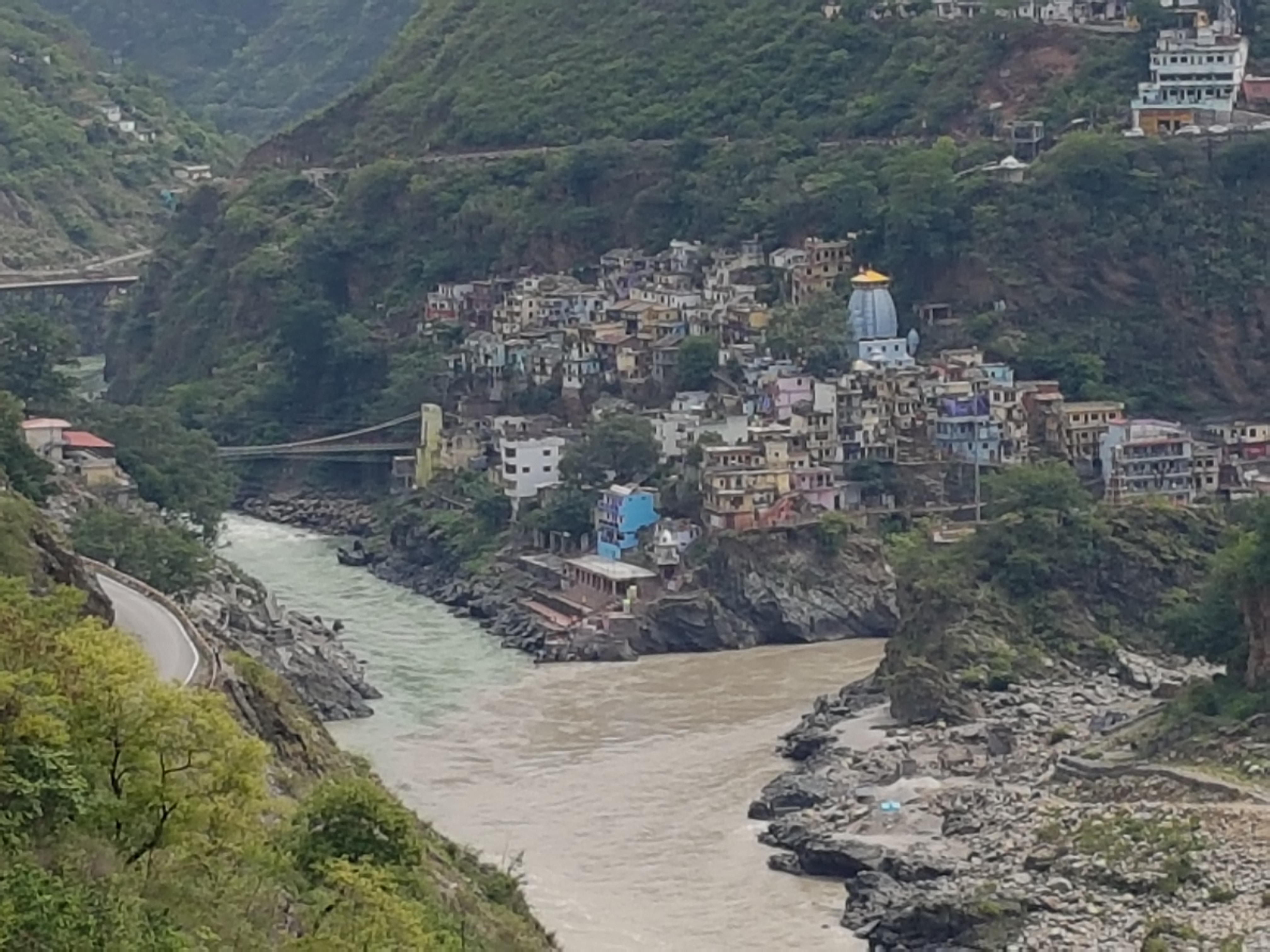
?>resources/frontend/assets/images/4.jpg)


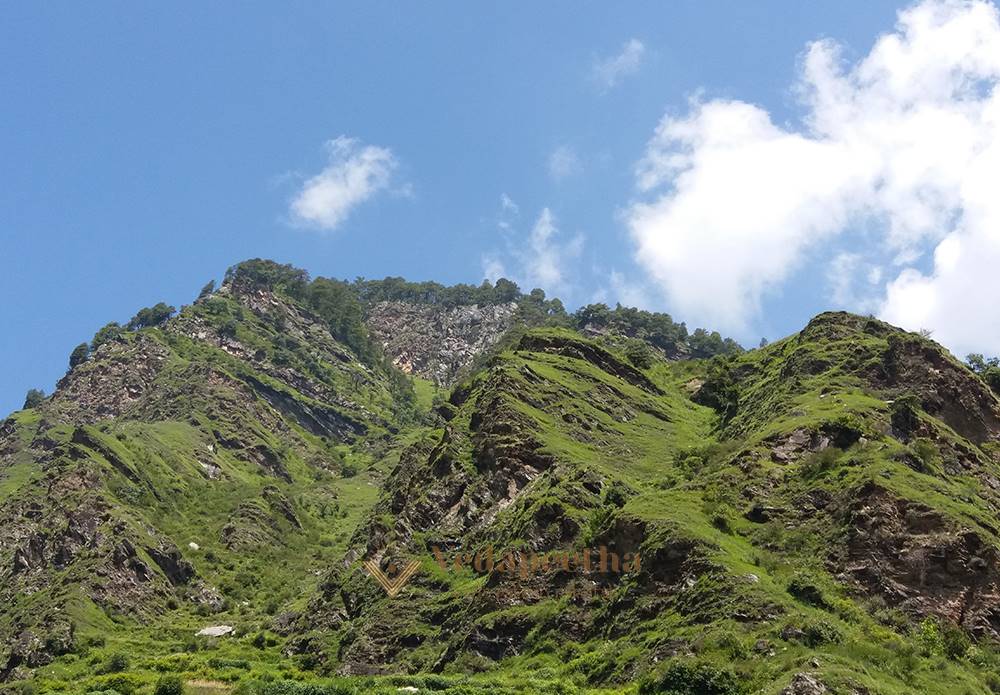
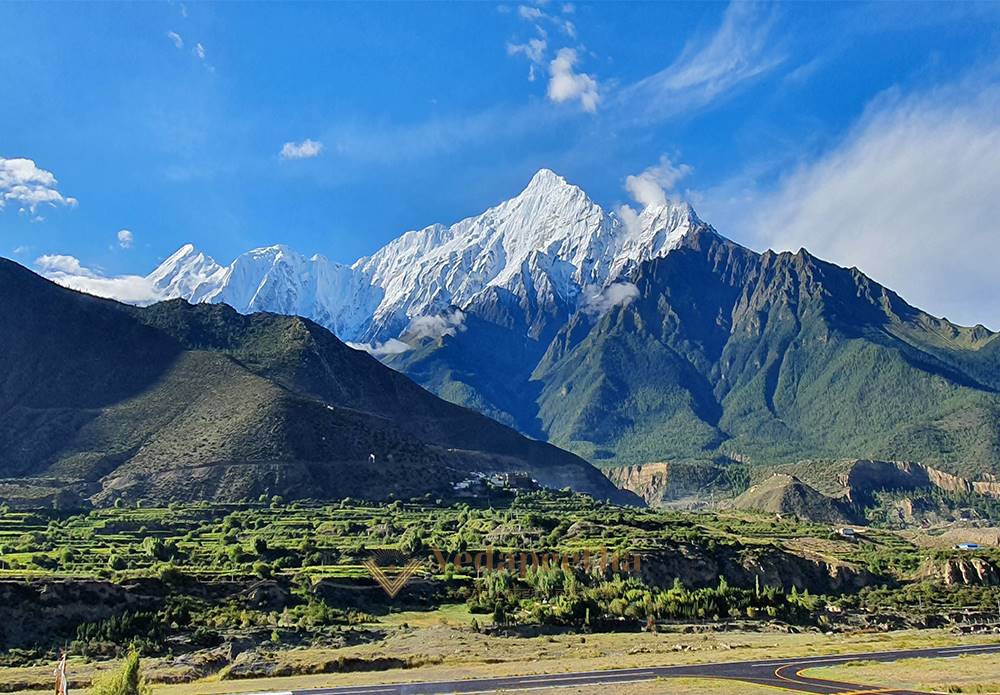

.jpg)
